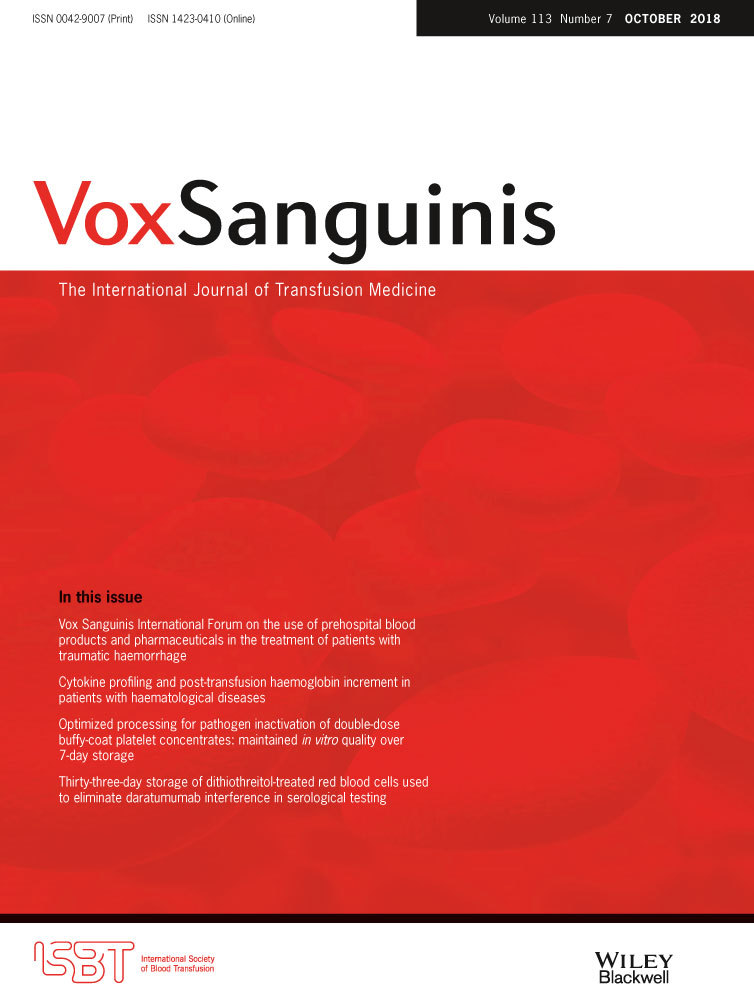
Erythropoietin reduces the risk of exposure to allogeneic blood transfusion in THA and TKA

Erythropoietin reduces the risk of exposure to allogeneic blood transfusion in THA and TKA
Erythropoietin to reduce allogeneic red blood cell transfusion in patients undergoing total hip or knee arthroplasty.
Vox Sang. 2016 Oct;111(3):219-225Synopsis
Seven randomized controlled trials were included in this systematic review and meta-analysis to determine the effectiveness of erythropoietin in reducing the risk of exposure to allogenic blood transfusions in patients undergoing total hip and knee arthroplasty procedures. Outcomes assessed were the incidence of allogeneic blood transfusion, units of allogeneic blood transfused, the incidence of a...
To view the full content, login to your account,
or start your 30-day FREE Trial today.
FREE TRIAL
LOGIN
Forgot Password?
Explore some of our unlocked ACE Reports below!

Learn about our AI Driven
High Impact Search Feature
Our AI driven High Impact metric calculates the impact an article will have by considering both the publishing journal and the content of the article itself. Built using the latest advances in natural language processing, OE High Impact predicts an article’s future number of citations better than impact factor alone.
Continue



 LOGIN
LOGIN

Join the Conversation
Please Login or Join to leave comments.